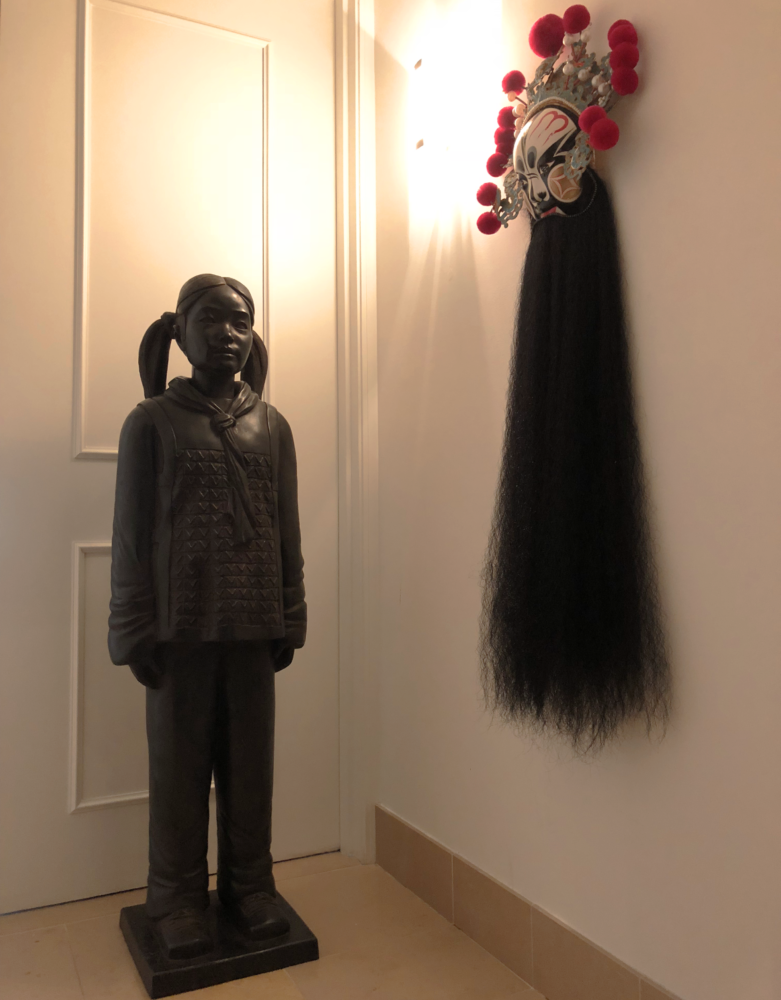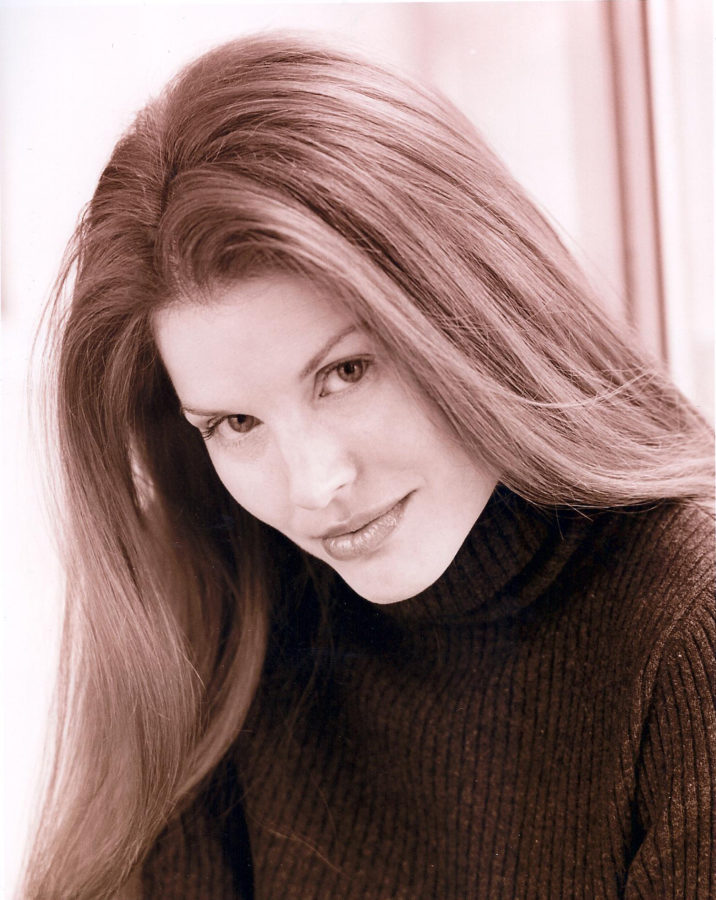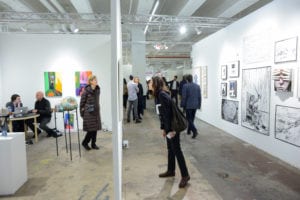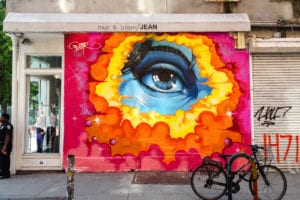If you want to buy art you’ll be happy with for a lifetime, you’ll need to do some research.
I know the word ‘research’ just made you want to swipe left, but stay with me because researching art is like “researching” the next pair of shoes you’re gonna buy.
If a work is well within your impulse threshold and you absolutely love it (like the oil painting by Li Li in my dining room), you can always just take it home. If you want to be sure you’re happy (or you’re dropping some serious cash), learn about the artist before you buy. You don’t have to read lots of impenetrable prose. Dave Hickey, one of my favorite critics, put it best, “Art isn’t a spectator sport, you have to show up.”
Go to museums, art galleries, and fairs. Seeing art online is a great way to build your image bank, but it’s never the same as experiencing it in person. The cool thing about seeing art at a gallery or a fair is that you can get much closer to the artwork than you can in a museum. You can see the depth of a collage, the chiseling of a sculpture, and all the other marks that reveal how the artist’s hand touched the piece. Sometimes, they’ll even tell you to touch it!
The other fantastic thing about galleries and fairs is that you can ask about the art. That’s what I mean by research. If a work hits you in the gut, find out why. You can cut through the intimidation factor with a simple question like “Could you tell me about this work?”
Asking isn’t committing to buy, and everyone likes to give advice. Most gallerists are enormously knowledgeable. The key is to let them know that you’re interested in their program. When someone is showing an artist’s work, they’re emotionally invested in it, they really want to tell you about it.
Ask questions like, “What’s the artist saying in this piece?” or “What’s this artist’s practice about?” Focus on why the artist makes their work. When the answers hit you even harder, you’re onto something good.
Then ask if you can see the gallery’s press release about the artist’s work, the artist’s statement, and their CV (curriculum vitae—art’s version of a resume). You’re likely to run into some $5 words here, but that’s because critics, curators, and serious collectors use this information to assess the importance of the art-world stamps of approval the artist has earned. Once you get familiar with them, they’ll help you figure out whether the price of the work is fair.
If the artist has an MFA (Master of Fine Arts), that’s a big stamp of approval. Since art is so subjective, the importance of a degree also depends a lot on the prestige of the art school they went to. You’ll learn to recognize those, too—like the Rhode Island School of Design (RISD), which is one of the best. An artist’s CV isn’t everything, but it’s a good indicator of what people who really know art think about the artist you’re looking at.
Next, read the gallery’s press release and/or the artist’s statement. Both are just a few paragraphs long. Compare what’s been written about it with the artwork in front of you.
This is when the art-world maxim “buy with your eyes, not your ears” really kicks in. If the work doesn’t resonate with you emotionally, five paragraphs of fancy prose don’t matter. Always trust your gut. No matter what anyone says, if you don’t have an “aha” moment about the work, then the piece isn’t for you. If the work keeps hitting you in the gut, ask if you can meet the artist—preferably at their studio. Studio visits are when I see the world through the artist’s eyes most clearly, and that’s what art is all about.

One of my favorite works, our Terracotta Daughter, came to us through a studio visit. I was flipping through images on a friend’s iPad when I first saw Prune Nourry’s work. It was love at first sight. My friend put us in touch, and I met her at her studio in Brooklyn. Nourry and I bonded over our interest in the gender imbalance caused by China’s one-child policy. (Yep, big nerds. I studied gender in grad school.) The one-child policy and a cultural preference for males have created a lack of women in China. Ultrasounds were used to terminate pregnancies and female babies were abandoned at orphanages. The horrific unintended consequences include increased sex trafficking and kidnappings.
To explore the issue, Nourry spent months in China learning how the Terracotta Warriors were made. These antiquities are, understandably, a huge source of pride for China. Nourry used their symbolism to honor Chinese girls by sculpting them in the likeness of the Warriors, but she didn’t stop there. She found the eight orphan girls who served as the basis for her army of 116 through an NGO. Then her gallery gave up their normal commission for the original eight sculptures to pay for three years of education for each of the girls. She also buried her army on the grounds of a museum. They’ll be dug up in 2030 when the gender imbalance is projected to be at its worst.
We spent hours that day talking and looking at her work. It was magical. I discovered a kindred spirit, and I gained a much deeper understanding of her intent than I ever could have from someone else in another setting.
The time I’ve spent with Prune in her studio has forever enhanced my experience of her work. When I walked among her army in Paris, she made me realize another unintended consequence of the one-child policy. Through adoptions, China has literally sent an army of girls out into the rest of the world. That realization was especially mind-blowing because I didn’t just read or hear it. Prune made me experience it, and who knows how it’ll change us all.
Only an artist can give you that.
top image // A Little Something by Li Li

Holly Hager is an art collector and the founder of Curatious. Previously an author and a professor, she now dedicates herself full-time to help artists make a living from their art by making the joys of art more accessible to everyone.



